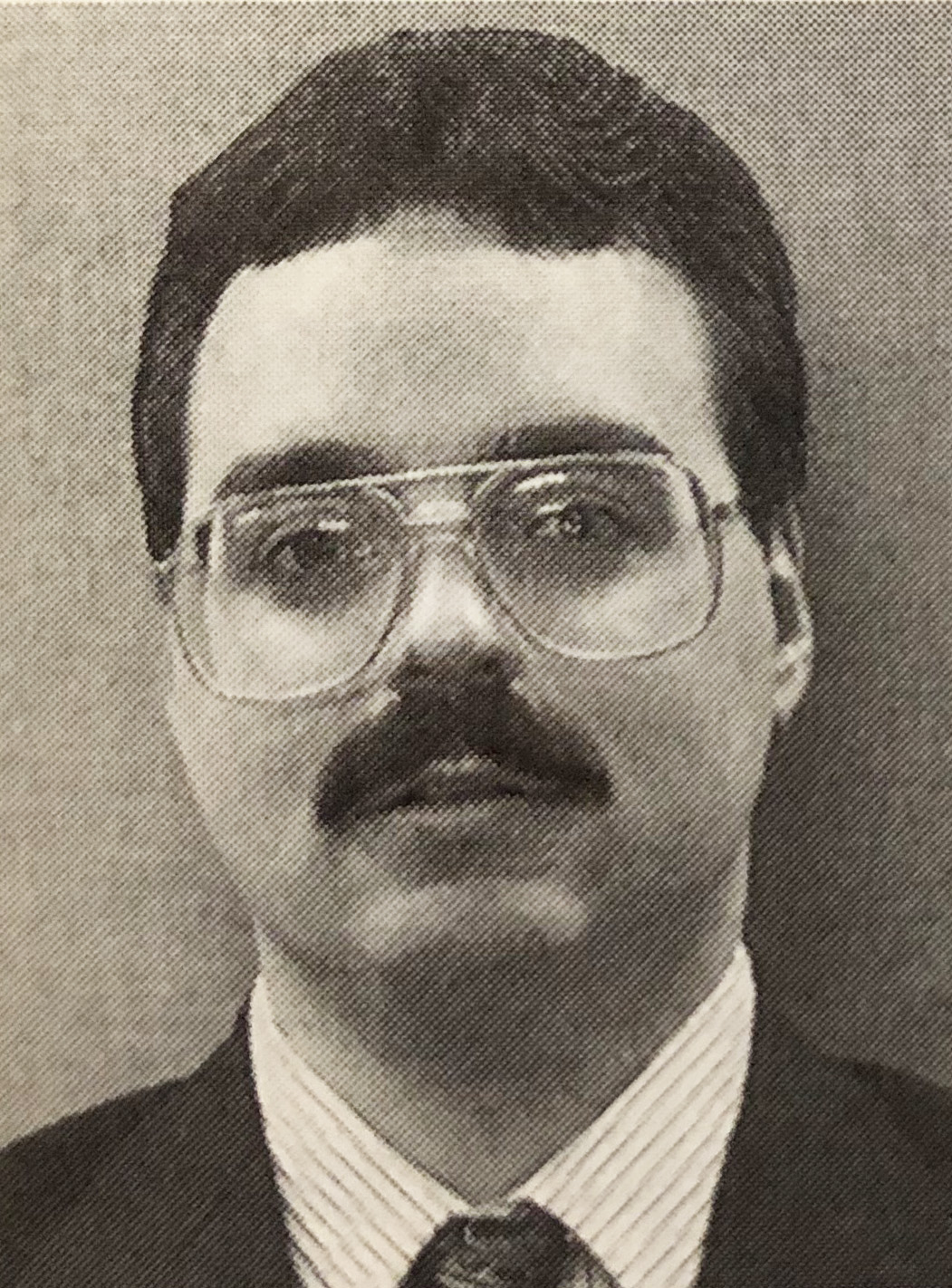
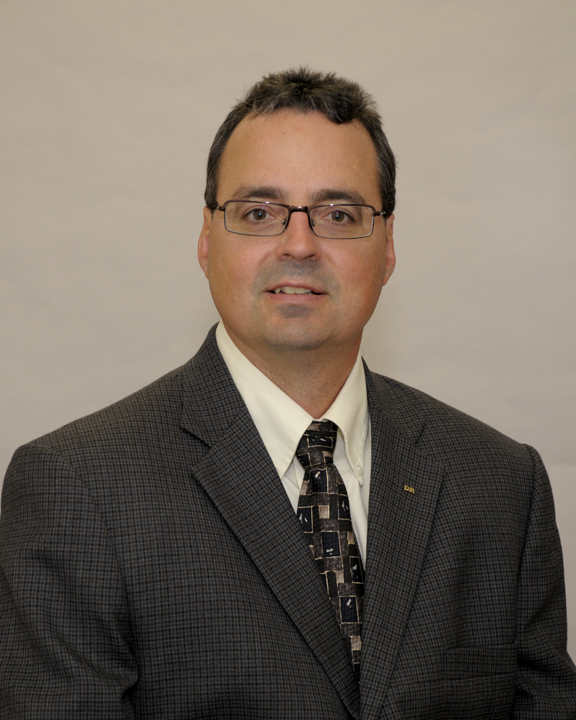
Mark J. Kuzdzal is head of advanced components and methods at Dresser-Rand – A Siemens Business. He has been a member of the Turbo Lab’s Turbomachinery Advisory Committee for 16 years. The TAC is a group of dedicated industry experts who volunteer their time to oversee the success of the Turbomachinery & Pump Symposia. Advisers are respected leaders in their companies and fields who select the technical program for TPS each year.
Q: Did you write the bulk of your first presentation for TPS or was it your mustache?
- A: [Laughter] It was both of us.
Q: And what was that working relationship like?
- A: It’s a little scratchy and itchy every now and then. I try and keep it under control. [Laughter]
- It was the thing to do in the 80s. When I shaved mine, my eldest daughter was probably 6. I came out of the bathroom and I think she cried. She’d never seen her father’s upper lip before.
Q: How did you get your start in this industry?
- A: I grew up in Buffalo and I always did very well in engineering classes, but I really had this interest in architecture. Frank Lloyd Wright had a lot of buildings and other structures in Buffalo, and I felt really in-tune with that. I went to my guidance counselor and he told me I didn’t have an artistic flair and I wouldn’t make a good architect. I was a straight-line kind of guy, an engineer. So I chose to go to engineering school as opposed to architecture. I ended up going to the University of Buffalo because that’s where I lived, and it was the most economical solution for me to go there.
Mark earned a bachelor’s in mechanical engineering from the University of Buffalo in 1988. Wanting to stay close to his then-girlfriend and now wife of 27 years, he started looking for a job as close to home as possible.
- A: I was lucky to find [a job] in Olean at Dresser-Rand through a recruiter on campus. When you think about the turbomachinery world, there are some epicenters that are off the beaten path. Olean is one of those. It’s where the technology center is for Dresser-Rand. It’s a rural community with a high-performance turbomachinery manufacturing facility with one million square feet under roof. When you’re driving down the road, you ask yourself, “What’s this place doing here?”
Mark will celebrate 30 years with Dresser-Rand on June 6.
Q: What’s the secret to keeping a smart guy like you around for so long?
- A: Keep me technically challenged. You do that, and you just keep me coming back.
Mark is the R&D head of a group called advanced components and methods. It’s a part of the R&D organization that works on development of new and advanced components and new and advanced computing techniques. He oversees teams in Duisburg, Germany, and Seattle.
Q: So I suppose you wound up agreeing with your guidance counselor that engineering was the best route for you?
- A: I’d say so. I think there are a lot more opportunities in engineering than there was in architecture.
Q: How did you first become involved with the Turbo Symposium?
- A: Because I started at Dresser-Rand as a rotordynamics engineer, I was immediately aware of the big three: Texas A&M University, the University of Virginia and Virginia Polytech. We belong to each one of those research consortiums. Being the lowly engineer at the bottom of the food chain didn’t afford you the opportunity to go to the Turbo Show because we didn’t live in Houston. Only a few guys from Olean could go. So the only other way to get to go was to write a paper. So at the 25th Turbo Symposium is where I published my first paper, and that was largely due to a previous advisory committee member by the name of Fred Marshall. Fred was the Dresser-Rand advisory committee representative for TPS, and he was beating the bushes looking for technical papers. I was just finishing up a squeeze film damper development program and Fred encouraged me to write a paper.
Q: How did that involvement progress into a seat on the TAC?
- A: When Fred retired, I was asked if I would consider being nominated to take his place on the committee. Frankly, it was an honor. I was over the moon. Anything I can do to more closely associate myself with Dr. Childs and the Turbomachinery Symposium, I was willing to do. It’s that simple.
Dr. Dara W. Childs recently retired from his post of director of the Turbomachinery Laboratory and chair of the Turbo and Pump Advisory Committees. More on his legacy here.
Q: What’s the best part of being involved in the Symposium?
- A: I think it’s an opportunity to learn. It doesn’t matter how long you’ve been around or what you’ve been exposed to, you are always going to learn from interacting with other people. It helps you keep your skills sharp. It helps you learn a lot about issues bigger than yourself, or issues that are broader than what your company is experiencing.
- The other key attribute, after kicking it around for 30 years now, is that it creates an opportunity for people such as myself to pass the torch. It’s an opportunity to share knowledge , and guide and teach the next generation of turbomachinery and oil and gas engineers.
Q: Did you have any hesitation, any nervousness when you presented for the first time at TPS?
- A: I can’t recall if it was this symposium or not, but at one point we were using photographic slides, if you can imagine that. You’re carrying your little slide deck into the room hoping that you didn’t trip and mix all you’re slides up. I felt like it went pretty well until the question-and-answer period.
Mark was asked a highly theoretical question by an audience member. As an engineer at an industrial company, he didn’t have the answer. So naturally…
- A: I suggested that we take the conversation off line, and that’s how I diffused it.
#protip
Q: Are there any other, perhaps more positive moments, from TPS that stand out for you?
- A: There are a few things that really stand out in my career that I will never forget. One of the things near the top is being the emcee for Dara’s banquet last December. It was really quite an honor. I feel privileged that I was even asked to do that.
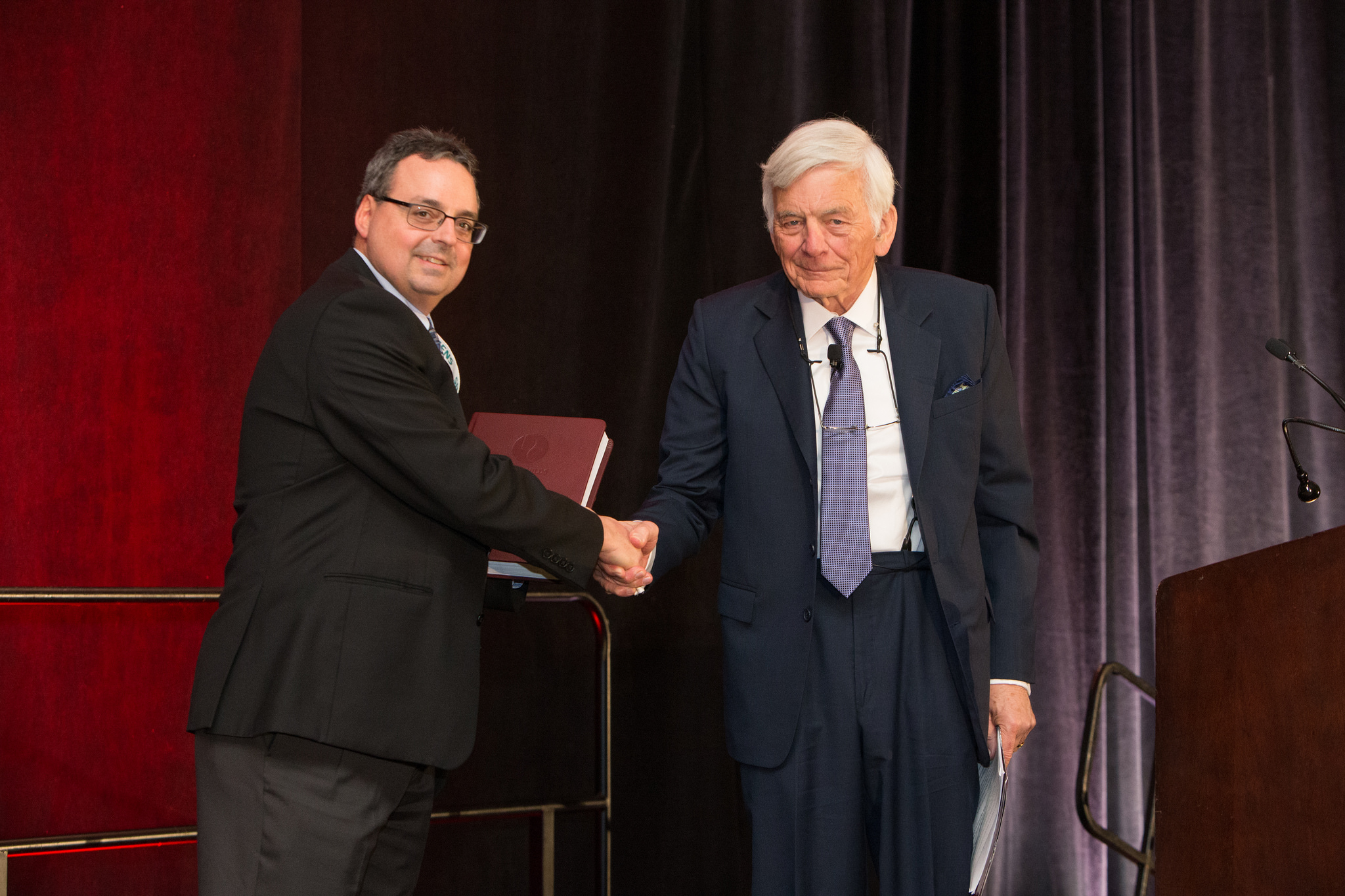
- A: Another one is being able to share knowledge through Centrifugal Compressors 101 for more than a decade now. Normally, we would offer a short course that went well two years in a row. After that, we would put it on the shelf for a year or two before we resurrected it. Historically, the short courses were always taught one or two years in a row, and then they were put to rest. The Centrifugal Compressors 101 class broke that mold. We kept filling the room, and the advisory committee wanted it back again. I was pleased to do it the second year and utterly surprised I was asked to do it the third year, and amazed they wanted to do it the fourth year, and now we’re in our—I don’t know—maybe 12th year? I don’t know how long we’ve been doing it, but it’s been a long time.
Mark designed the Centrifugal Compressors 101 short course from scratch, with considerable help from others, he said.
Q: How were you able to put together such a successful course?
- A: When I volunteered to do it, I didn’t know what I was getting myself into. Because putting together a short course from scratch is no small task. I was able to do it through strength in numbers. Bill Forsthoffer was an advisory committee member who taught a similar course in years past, and he provided some input. We developed an outline and broke it into pieces, and from there we kept chipping away at the individual modules week after week until we flushed the whole thing out. There are a lot of people who I am indebted to who helped put that information together. Every time we have the course we have an acknowledgement page with the names of 12 individuals who contributed information to help make the short course what it is today. Each year we update it based on student feedback received after the symposium.
Centrifugal Compressors 101 will be offered again at TPS 2018. Get program details here.
Q: What can we find you doing in your spare time?
- A: I’ve been working on remodeling my house one room at a time. I also like to travel and dabble in photography. My most interesting hobby is yearly I go on a 6 or 7 day back woods canoe trip. I’ve done that in different places. One of my favorite places is Algonquin Provincial Park in Ontario. Another favorite is the Boundary Waters in Minnesota, and I’ve also done some canoeing up in the north Cascade Mountains in Northern Washington State and up into British Columbia. I have also canoed the Colorado River starting at the base of Hoover Dam. That’s what I do to decompress. If you’ve got a cell signal, that means you didn’t go far enough. At the end you feel emotionally refreshed and physically exhausted.
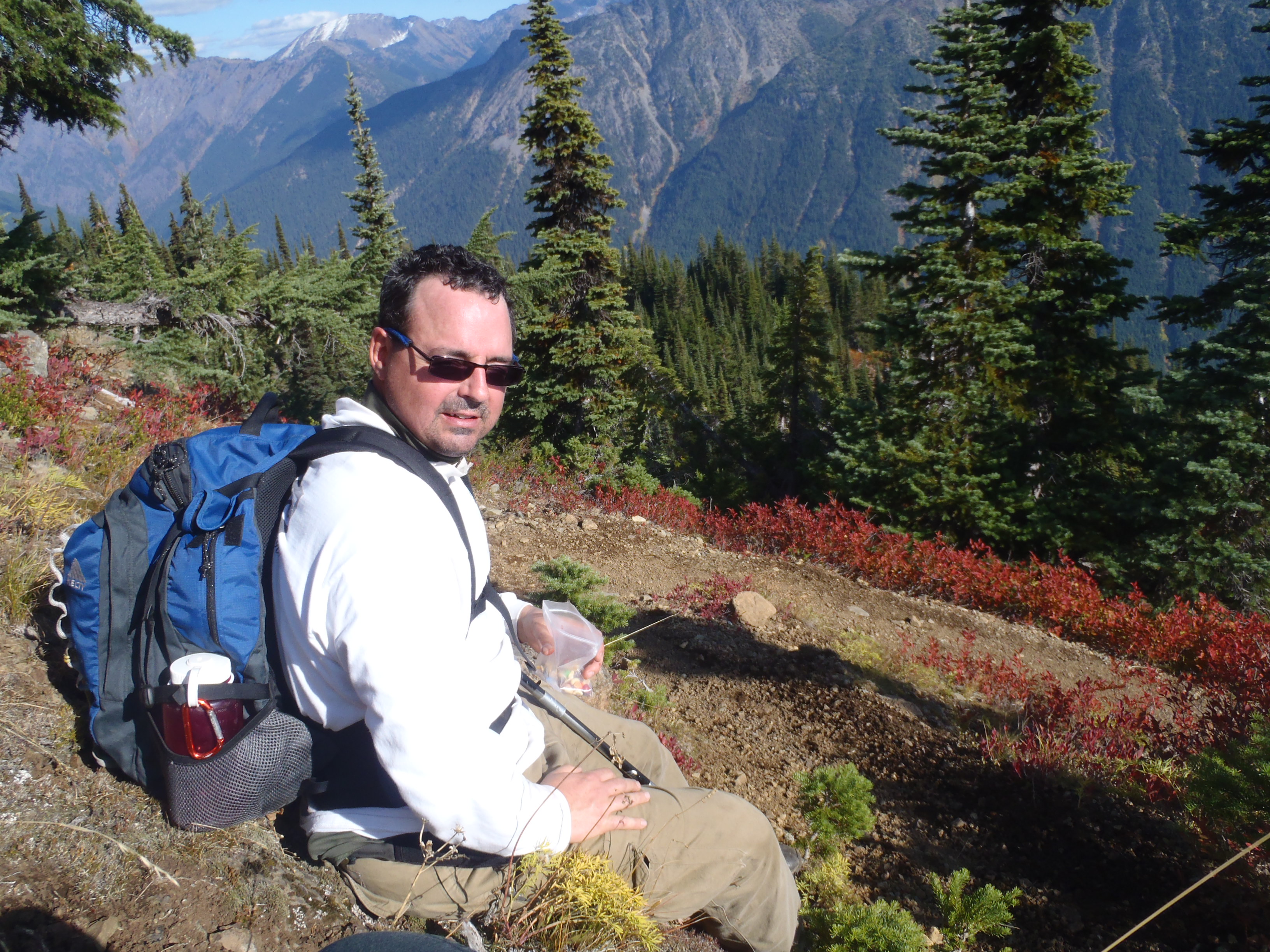
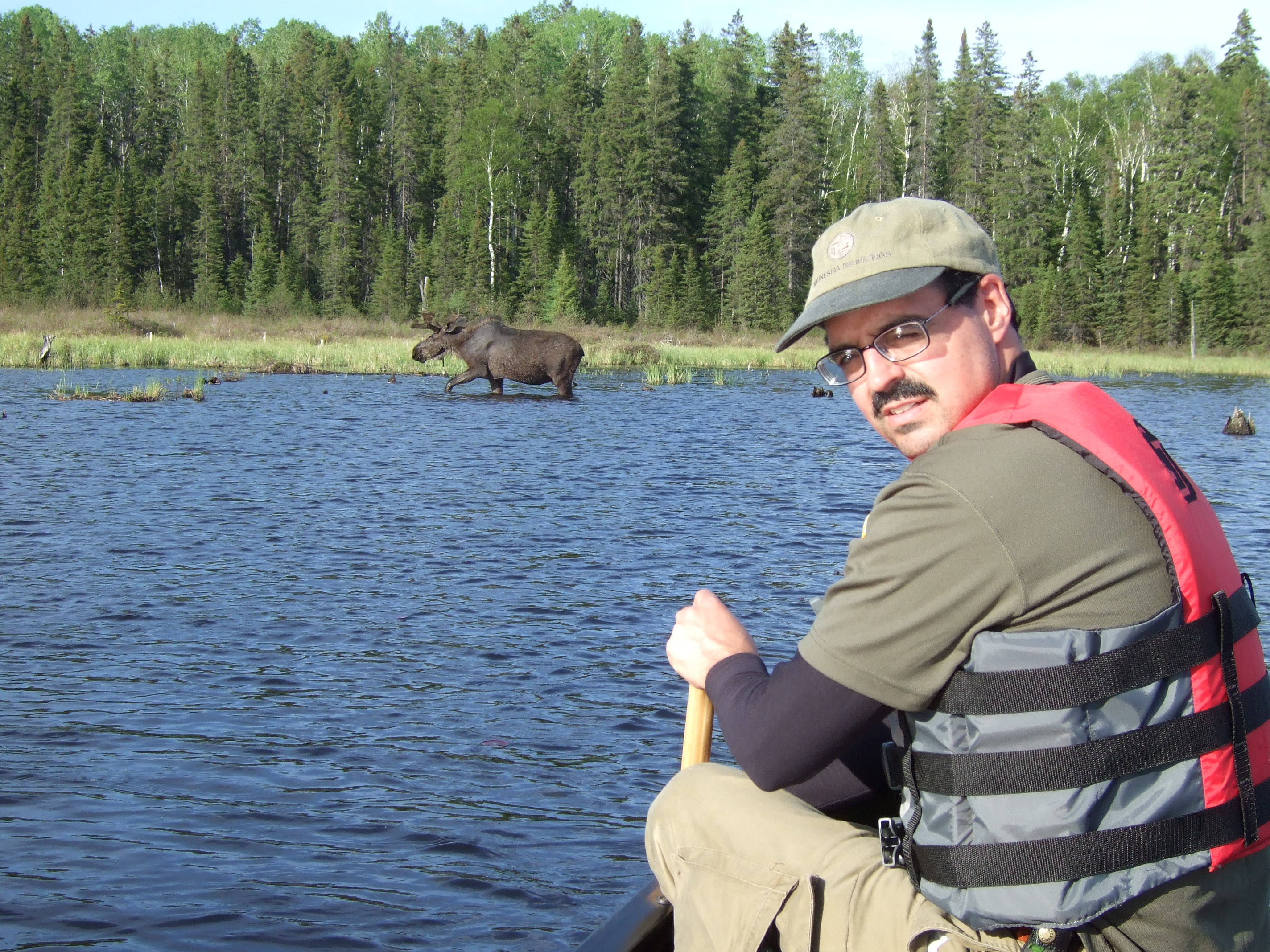
Mark is planning to embark on his first solo canoe trip this year. He’ll be traveling with a satellite tracker, a Personal Locator Beacon (PLB), to ease the nerves of his wife.
Q: You get one final meal. What are your choices from appetizer to dessert?
- A: Oh that’s easy. I’m a pretty simple guy. I would start with a shrimp cocktail, I’d have a Caesar salad, and I’d have a filet mignon, a glass of red wine and chocolate cake.
Who’s in for dinner?!
Q: Any final thoughts on your involvement with TPS?
- A: I just think it’s a pleasure and an honor to be involved and associated with such an outstanding group of professionals. I feel privileged and honored to be included and invited to try to participate and do the best I can.



